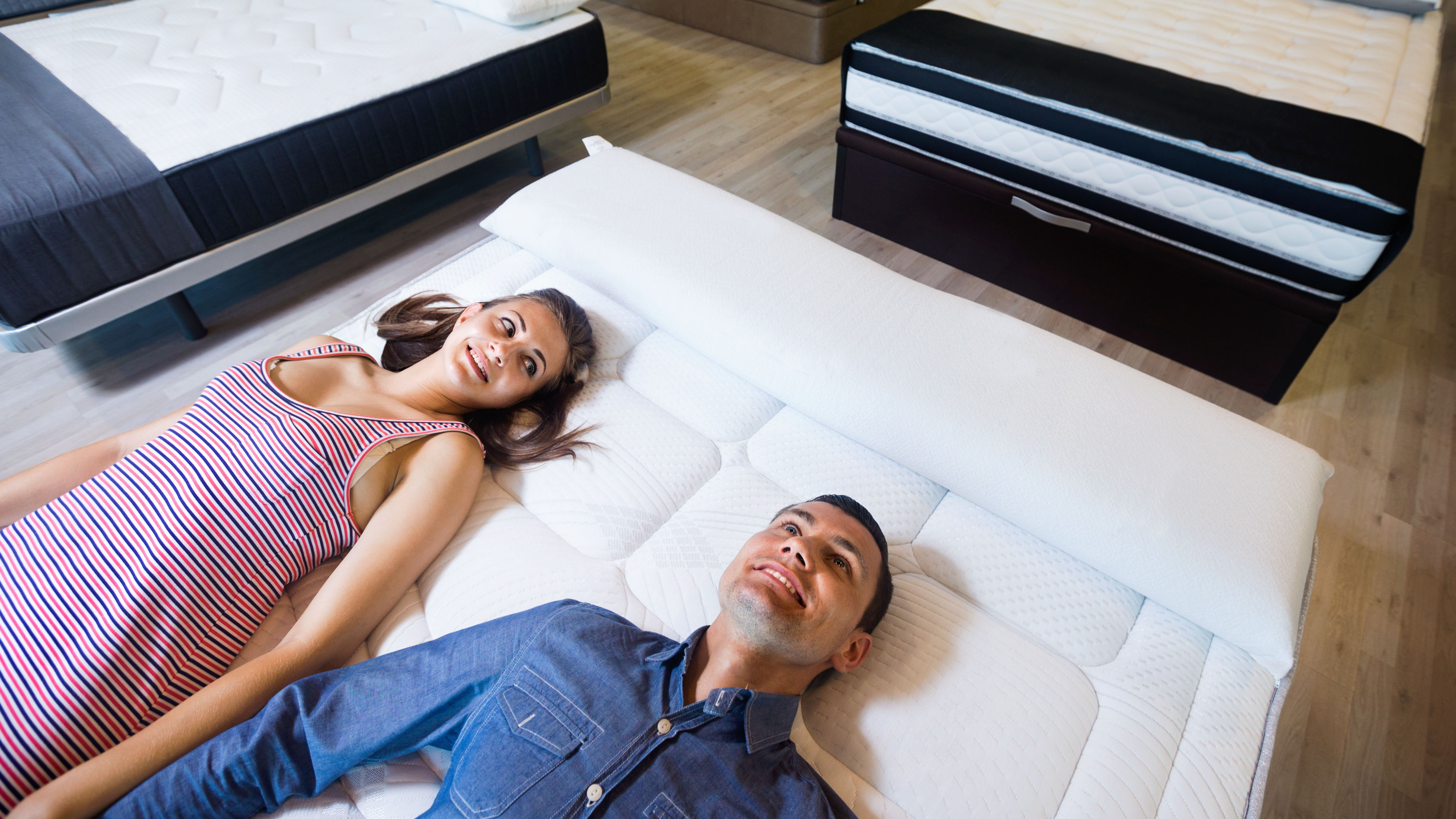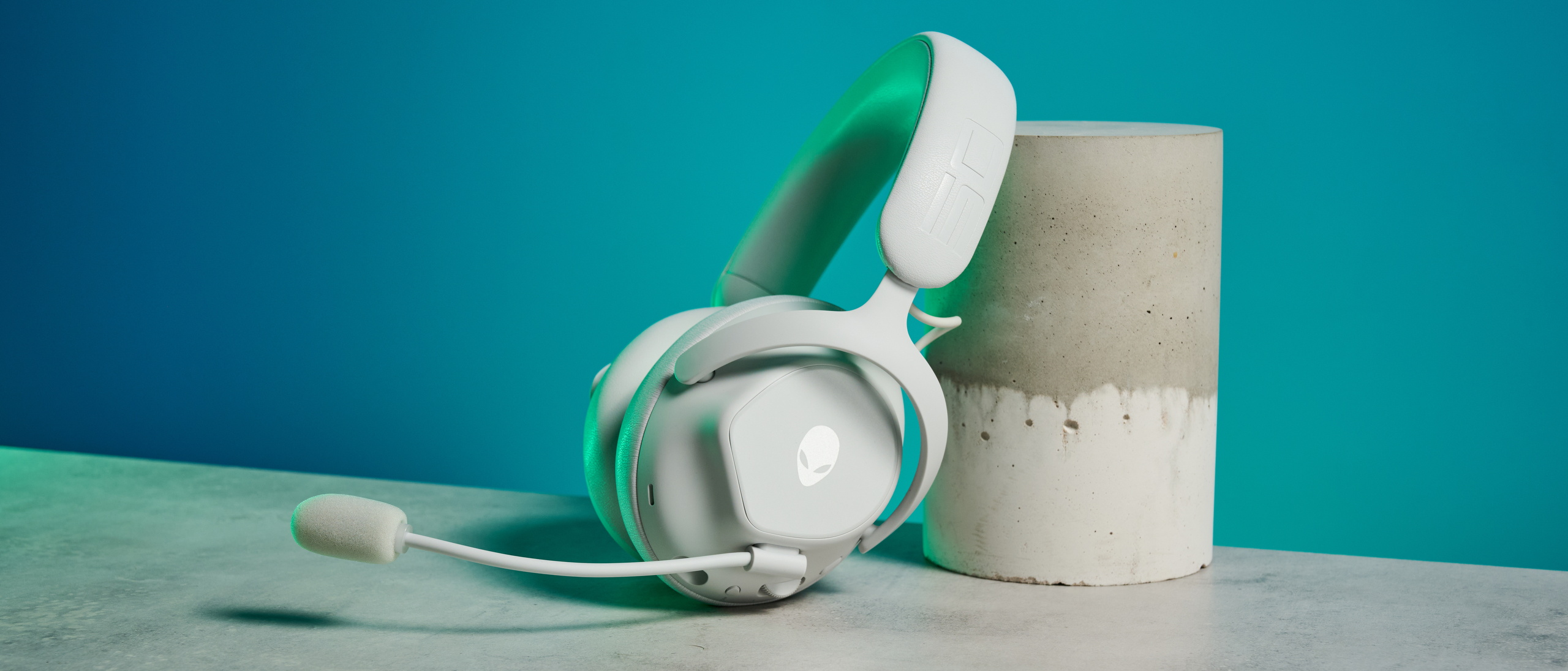5 mistakes couples make when buying their first mattress together
Whether you're buying a mattress online or in store, don't get caught out by these rookie errors

Buying your first ever mattress together is a huge milestone in any new relationship, but it can also be a little tricky. What if you want something luxurious while your partner is scouring the budget-friendly mattresses?
Talk beforehand and make a mattress wishlist with all the features you need versus the ones you’d like to have but could live without if needed. Get clear on your budget, and look for a mattress that comes on a free trial period so that you can return or exchange it if needed.
What if memory foam is too soft to support your body but perfectly cozy for your partner? Do you sleep hot while they sleep cool? There's lots to consider when choosing the best mattress for your body and sleep, and adding another person to that search makes the selection process even trickier.
Here we’ve broken down five costly mistakes couples make when shopping for their first mattress together. If you can avoid these blunders, you're much more likely to have a stress-free experience shopping for your new bed.
Now is a great time to buy too, as we're already seeing mattress prices plummet ahead of the Black Friday mattress deals in the US and UK. Remember, when you do snap up a new bed that's great for both of you, be sure to dispose of your old mattress responsibly by following our guide on how to get rid of an old mattress.
5 mistakes couples make when buying a mattress
1. They don’t discuss budget beforehand
One of you wants to splurge on the best luxury mattress, but the other wants a more affordable mattress. Not discussing your budget beforehand can lead to disagreements over price tags. So before you start mattress shopping, talk about how much you can realistically spend and set a clear limit.
Identify if there’s a particular mattress feature that you absolutely need, and keep in mind that this necessary feature may expand the budget. For instance, you’ll need to discuss how much space you’d like. If you need lots of room to fall asleep, you’ll need a good king size mattress and the bigger the bed, the bigger the price tag.
Luckily, there are monthly mattress sales to lower the price on pretty much every major UK and US sleep brand, so it's rare you'll have to pay full price. Some brands, such as Helix Sleep and Cocoon by Sealy, offer free bedding to sweeten the deal too.
Get instant access to breaking news, the hottest reviews, great deals and helpful tips.
2. They don’t opt for a breathable mattress
Women are more likely to experience overheating due to gynaecology issues such as menstruation, pregnancy, perimenopause and menopause. Mattresses made from materials that trap heat only aggravates these problems, and lead to uncomfortable, stuffy nights and cranky days if one or both of you aren't sleeping well at night.
To avoid this problem, you need to first ask yourself whether you or your partner suffer from overheating or night sweats. If so, consider buying a more breathable mattress with a moisture-wicking cover. The best cooling mattresses are made from naturally breathable materials, such as organic cotton, for fresher night's sleep.
Admittedly they can be more expensive than other types of mattress in a box but if your sleep is disturbed by feeling too warm, then we believe they are worth the investment. If you sleep hot but your partner sleeps cool, also consider whether a smart mattress would be the best option as these have independent heating and cooling controls on either side of the bed.

3. They don’t want to compromise on firmness
Mattresses come in a variety of firmness levels, with most common being soft, medium-firm and firm; each rated out of 10 on the firmness scale. When deciding how soft or firm you want your first mattress to be, you both need to consider your preferred sleeping positions and your body types and weights.
For example, if you're a side sleeper weighing under 130lbs, you'll benefit from a mattress that’s soft and contouring. However, if your partner is a stomach sleeper with a heavier build, they’ll need a good firm mattress.
To save arguments, and as an excellent compromise, we recommend buying a medium-firm mattress. This will suit a diverse range of sleepers, providing a good middle ground for couples who have different sleeping positions and body types. You may also want to consider adjustable air beds, which have firmness settings for customization, or a split king mattress, which pushes together two separate twin XL mattresses.
4. They don’t try the mattress before buying
Buying a mattress online means that couples may discover the mattress that arrived on their doorstep doesn’t have all the features listed on the brand’s website. Even self-consciously lying down on a mattress in the store or viewing room won’t give couples the full picture.
Instead, look for brands that offer an at-home sleep trial, enabling you to literally sleep on your decision. Most sleep mattress trials begin the day of the delivery, and allow couples to try out their new mattress within a specified period. Some trials last for one month, while others can last up to a whole year.
Nectar Sleep, DreamCloud, WinkBeds, Awara, Saatva and Eve Sleep are among the mattress companies offering a year's free trial.
5. They don’t know what mattress type they want
You may think that one of the best memory foam mattresses will solve all of your sleep woes, but this isn't always the solution. If you don’t know who a particular type of mattress type is designed for, you may end up choosing a bed just because it has features that sound appealing, whereas in reality they wouldn't suit you. Here’s a quick breakdown of different mattress types and which sleepers they benefit:
Motion Isolation limits the movement and disturbance that can be felt on either side of the mattress – particularly important if you or your partner is a restless sleeper
Memory Foam: Soft and contouring, all-foam mattresses are the best option for lightweight sleepers and those who sleep on their side. Memory foam mattresses have great motion isolation, a key phrase couples should look out for when buying a new bed. Why? Because motion Isolation limits the movement and disturbance that can be felt on either side of the mattress – particularly important if you or your partner is a restless sleeper. Foam mattresses do have a tendency to sink and can trap heat though, so heavyweight and hot sleepers should avoid them.
Innerspring: Made up of coils, these are the most affordable mattresses. Better airflow, bounce and firmness means they’re perfect for hot sleepers and those who sleep on their front or back. They have a shorter lifespan, though, and have poor motion isolation compared to all-foam options. For a breakdown of the pros and cons of spring mattresses, check out our hybrid vs innerspring mattress comparison guide.
Latex: The best organic mattresses are normally made from natural latex, which is an excellent cooling material, and these beds have good motion isolation and a much longer lifespan than the average eight years most mattresses last for. Latex mattresses are generally suitable for all types of sleepers (particularly heavyweight and stomach sleepers), but they are expensive.
Hybrid: As they combine spring and foam, hybrids are bursting with benefits and are generally suitable for all kinds of sleepers. The downside of their wide appeal is that they tend to be quite expensive. Our guide to the best hybrid mattresses of the year will walk you through all the top-rated options and what to look for when buying one.

Frances Daniels is a PPA-accredited journalist and Sleep Staff Writer at Tom's Guide with an MA in Magazine Journalism from Cardiff University. Her role includes covering mattress and sleep news and writing sleep product reviews and buyer's guides, including our Best Hybrid Mattress 2025 guide. She is interested in the relationship between sleep and health, interviewing an array of experts to create in-depth articles about topics such as nutrition, sleep disorders, sleep hygiene, and mattress care. She is also our specialist on mattress toppers — producing bed topper reviews and taking care of our Best Mattress Toppers 2025 guide — and leads content relating to fiberglass-free beds for a non-toxic sleep. Outside of Tom's Guide, she has written for Ideal Home and Marie Claire.
